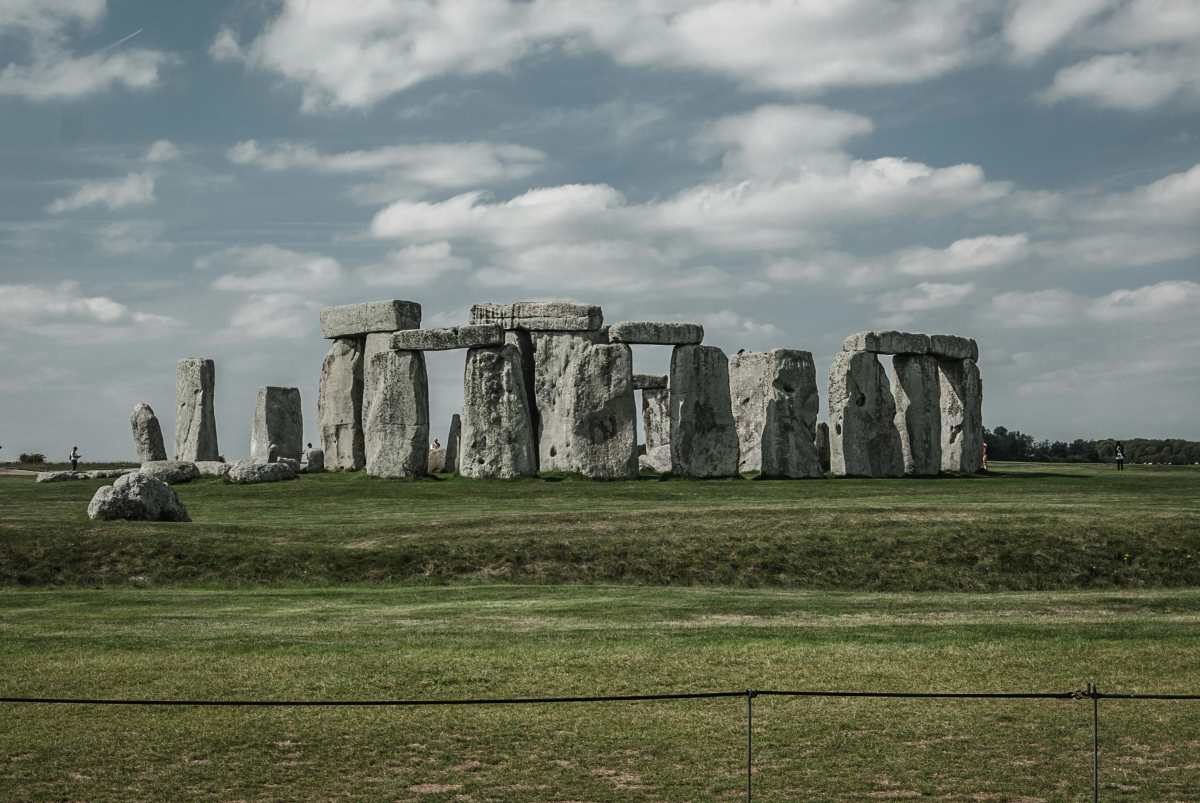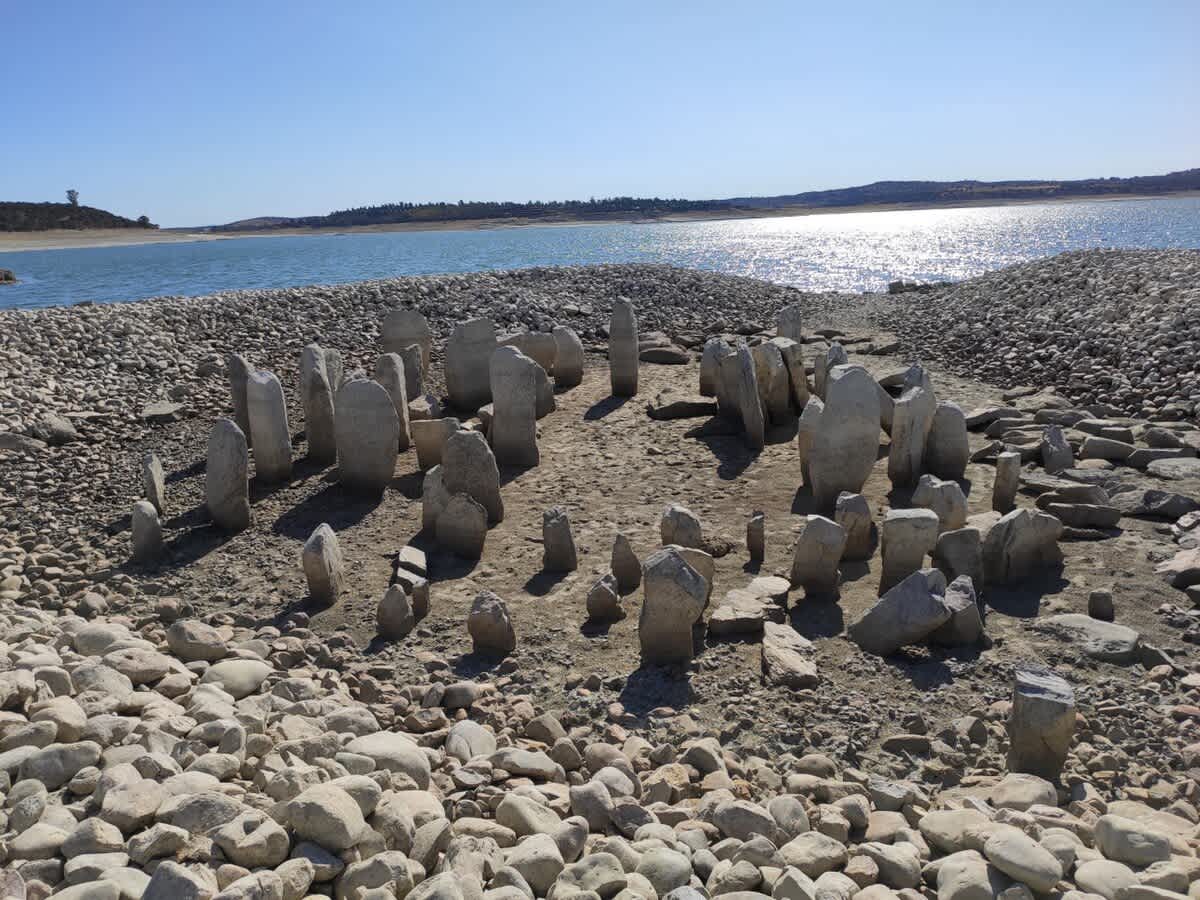7,000-year-old Dolmen of Guadalperal aka 'Spanish Stonehenge' reemerges after decades: 'Past emerging from the waters'

Dolmen of Guadalperal, for years, had made a comfortable home in the waters. However, a sudden turn of events has changed the game. Several experts have also labeled this structure as "Spanish Stonehenge," according to Artnet. For decades, the ancient structure was away from the surface, but then an unprecedented drought occurred in Europe, which dried up the reservoir that served as the home of the Dolmen of Guadalperal for years. Just like that, the glorious 7,000-year-old prehistoric monument was out there for everyone to see.

Origins of 'Spanish Stonehenge' aka the Dolmen of Guadalperal
Dolmens were popular structures made during the megalithic period. The one in Guadalperal was composed of 150 granite stones and arranged together to look like a sphere. These monuments generally served as tombs. The Dolmen of Guadalperal was constructed around 5,000 B.C.E., making it significantly older than most of its counterparts. Researchers believe that Neolithic Iberians erected this structure. On some of the stones, experts have detected wavy lines, representing the current originating from the adjoining Tagus River. The monument may have also served as a trading and commercial establishment, along with being a burial ground, due to its proximity to the Tagus River crossing.

When was the 'Spanish Stonehenge' discovered?
German archaeologist Hugo Obermaier found the monument in 1926. Obermaier was excavating the surrounding area on the behest of the owner when he stumbled upon the structure. Along with the Dolmen, the archaeologist also located many prehistoric objects, like a copper hole-puncher, axes, jewelry, ceramics, arrows, bows, and a Roman coin. The Dolmen stood on a cliff overlooking the river, as per accounts.
Legacy in water
The historical structure found itself in the waters due to the actions of Spanish dictator Francisco Franco, according to The New York Times. Franco sanctioned several civil engineering schemes, one of which included the construction of hydroelectric dams. This construction resulted in the existence of the Valdecañas reservoir, which not only gobbled up the Dolmen of Guadalperal but also the entire Roman city of Augustóbriga. To date, researchers have spotted 200 Bronze and Copper Age sites underwater. In 2022, due to the drought, the "Spanish Stonehenge" became fully exposed just for the fifth time, after the area was deliberately flooded in 1963.
Experts claimed that the only thing that remained of the structure was a ring of quartzite that surrounded 144 jagged granite standing stones, many of which were no longer standing. Some of the stones were six feet tall, while the ring measured around 117 feet in diameter. There was also a huge capstone fixed in a tumulus, a mound made out of earth and pebbles. Primitiva Bueno Ramírez, an archaeologist at the University of Alcalá in Madrid, described the whole event as "the past emerging from the waters."
Reason for rebirth
An atmospheric high-pressure system triggered by climate change left the Iberian Peninsula the driest it had been in the last 1,200 years. July 2022 was the hottest month in Spain since at least 1961. All of this caused the water to dry up, with the Valdecañas reservoir carrying water at just 28 percent of capacity. The water clearing led to the reemergence of the Dolmen of Guadalperal. Soon, the Spanish Ministry of Culture declared it a Site of Cultural Interest. Since 2022, the Dolmen has gone in and out of water due to the changing conditions in the region. Many experts have asked for shifting the monument to dry land to prevent further damage to the structure.